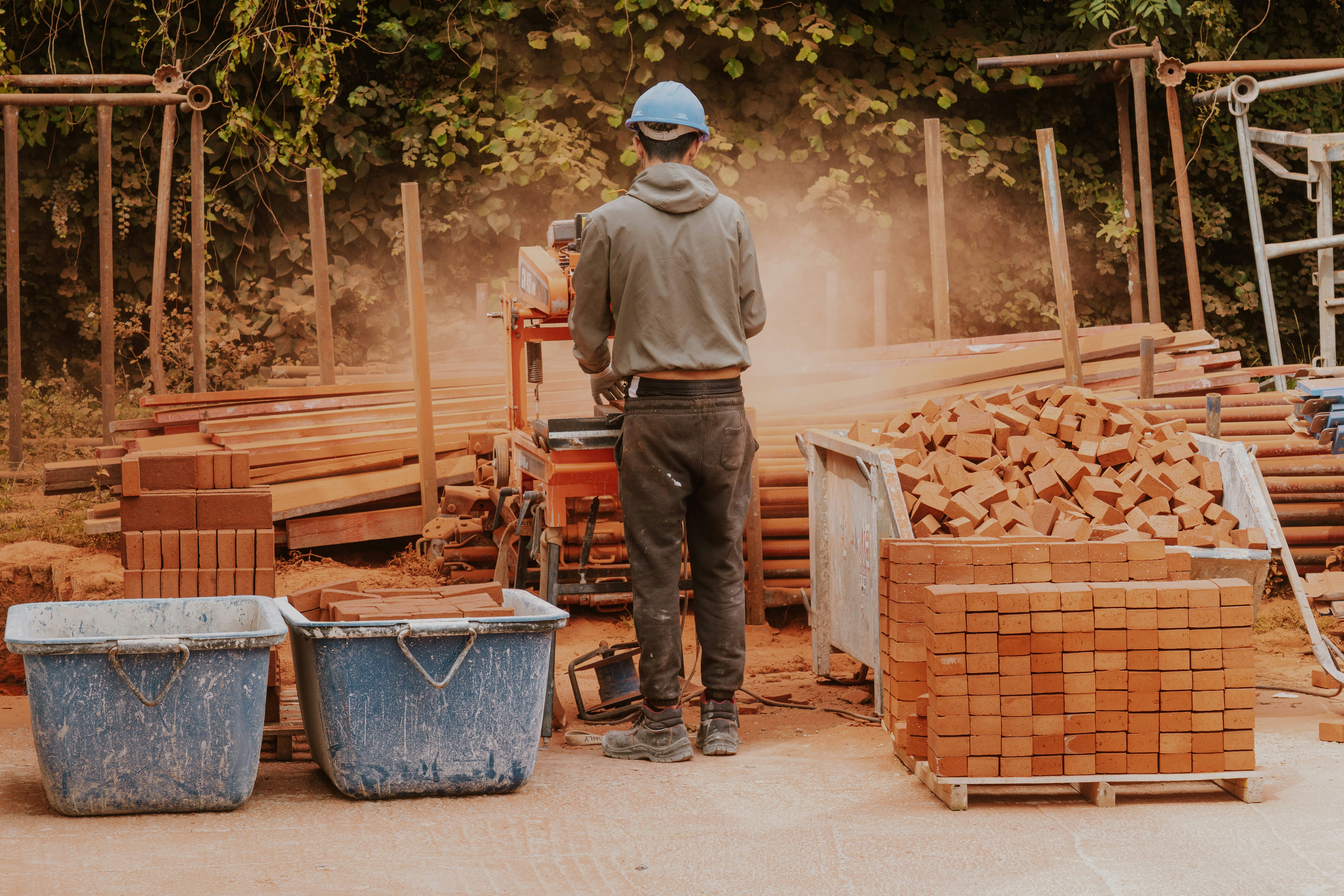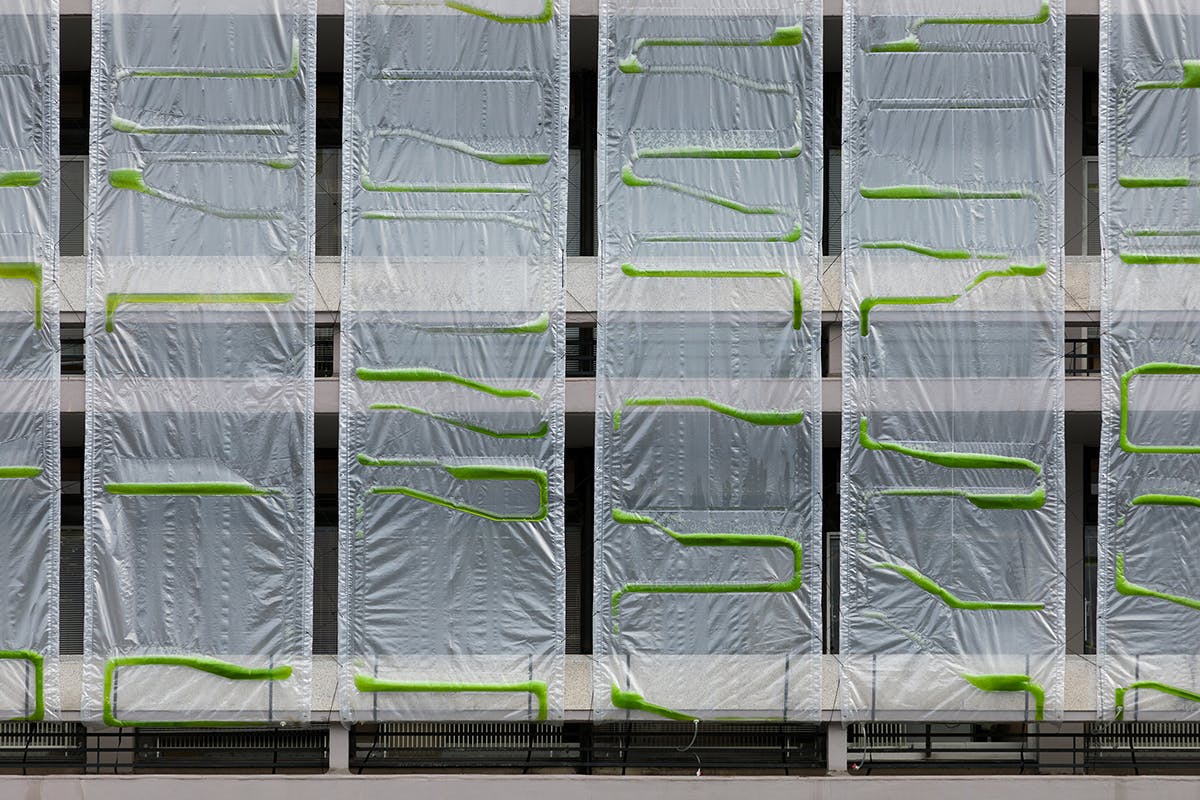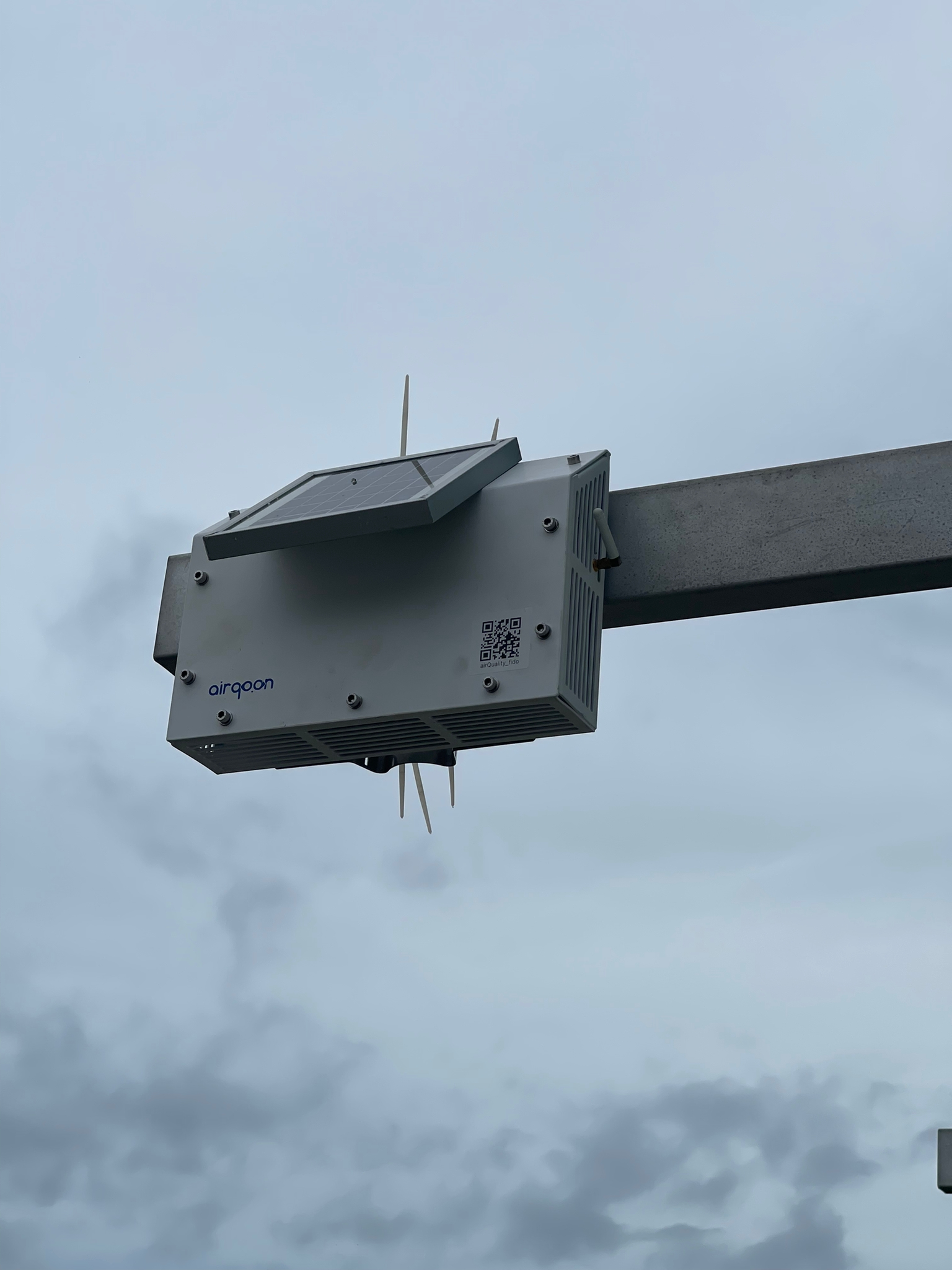When it comes to fireworks, the first thing that comes to mind is its displays, which are indispensable for national and memorable days in many parts of the world and create a visual feast. If you’re a music lover, you probably think of Katy Perry’s Fireworks song. What if we knew that the concentrations of pollutants in the air were eight times higher than normal in the hours immediately after these unforgettable fireworks displays? Would we still want it?

Many countries use fireworks in festivals, cultural and religious holidays, independence days, and new year celebrations. Even in marriage proposals, weddings, and memorable day celebrations, fireworks appear among the most preferred and easily accessible entertainment tools. However, fireworks contain many harmful chemicals to humans and the environment. While these chemicals create lasting effects on the environment when they explode, Particles in the smoke suspended in the air enter our lungs and trigger various health problems.
Each firework relies on chemical reactions to achieve a specific size, color, or loudness. Black powder, sometimes called gunpowder, helps fireworks mix into the air and explode. Black powder is a mixture of sulfur, charcoal, and potassium nitrate (saltpeter) (URL 2). Some chemicals give fireworks a wide range of colors. Strontium, Aluminum, Copper, Barium, Rubidium, and Cadmium. While Copper and Rubidium cause various skin problems, Strontium damages bone development in children, and Cadmium is carcinogenic and causes severe lung damage (URL 3).

Smoke seen in the air after the fireworks explosion is an air pollution mixture of harmful particles and toxic chemicals that can hang in the air and enter the water, soil, and lungs. During these splashes of color into the sky, millions of particles and gases are released into the air. Many are also blown for miles in atmospheric wind currents. Researchers at the University of Birmingham and the Boston Health Effects Institute in the USA have determined that the average concentration of particulate matter (PM) in the environment increases up to eight times during and immediately after fireworks in celebrations. Concentrations usually return to background levels within 24 hours (URL 5). Although the effects are short-lived, their concentration levels are pretty high.
Particulate matter remains among the most important environmental health problems globally. In 2019, around 4,14 million deaths worldwide were attributed to exposure to PM 2.5 (URL 6). In the short term, exposure to PM from fireworks can cause worsening respiratory diseases, including asthma. Children, the elderly, and those with pre-existing health conditions are particularly vulnerable to the health effects associated with exposure to emissions from fireworks (URL 7). Co-author Professor Francis Pope, from the University of Birmingham, said: “High PM loading from the combustion of fireworks can cause vision loss of up to 10–92%.” (URL 5).
A study conducted just after a celebration in New York found that concentrations of PM pollutants in the hours immediately after the fireworks display were up to 10 times higher than pollution from vehicular traffic (Zhang et al., 2019). In another study, it was determined that after the fireworks display at the light festival in Beijing, China, in 2007, the air had five times higher concentrations of PM, NO2, and SO2 than average (Wang Y, et al.,2007). An air quality survey of 315 locations in the United States in 2015 after the July 4th Independence Day celebrations found that PM2.5 rose from 42% to 370% during the demonstrations(Seidel DJ, et al, 2015).

When the air quality data on the 4th of July Independence Day of the USA, one of the days associated with the world’s largest fireworks displays, are examined between 2016 and 2019, it is seen how fireworks displays increase air pollution.
Although fireworks are short-lived, they cause a lot of air pollution in a concise time. PM2.5, suspended in the air after the fireworks display, poses the most significant risk to human health, as it enters the lungs and bloodstream more quickly than the Environmental Protection Agency (EPA). When inhaled or swallowed, other metals cause many short- and long-term health problems. In addition, the gases formed after the explosion also trigger climate change. A substance that harms the environment and people should not be a part of the celebrations. Instead, new, more environmentally friendly traditions need to be found.
References
Seidel, D. J., & Birnbaum, A. N. (2015). Effects of Independence Day fireworks on atmospheric concentrations of fine particulate matter in the United States. Atmospheric Environment, 115, 192–198.
Zhang, J., Lance, S., Freedman, J. M., Sun, Y., Crandall, B. A., Wei, X., & Schwab, J. J. (2019). Detailed Measurements of Submicron Particles from an Independence Day Fireworks Event in Albany, New York Using HR-ToF-AMS. ACS Earth and Space Chemistry, 3(8), 1451–1459.
Wang, Y., Zhuang, G., Xu, C., & An, Z. (2007). The air pollution caused by the burning of fireworks during the lantern festival in Beijing. Atmospheric Environment, 41(2), 417–431.
URL 1: Britannica. 3 January 2022.
URL 2: IQAir. 31 December 2021.
URL 3: Cause You Have No Other You. 31 December 2021.
URL 4: Euronews. 3 January 2022.
URL 5: Healthcare in Europe. 31 December 2021.
URL: State of Global Air. 31 December 2021.
URL 7: Scrub Hub: Smoke from fireworks is laced with toxins, particles that can send you to ER. 31 December 2021.









